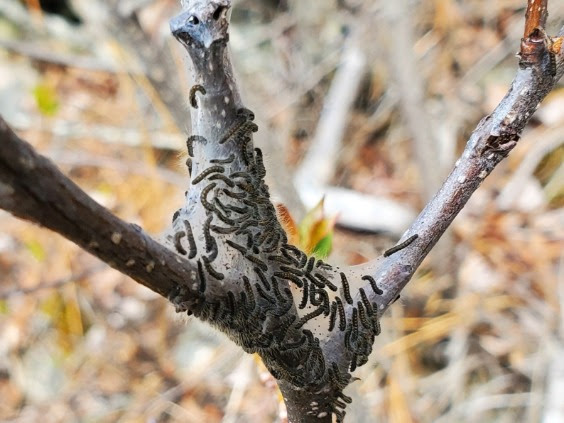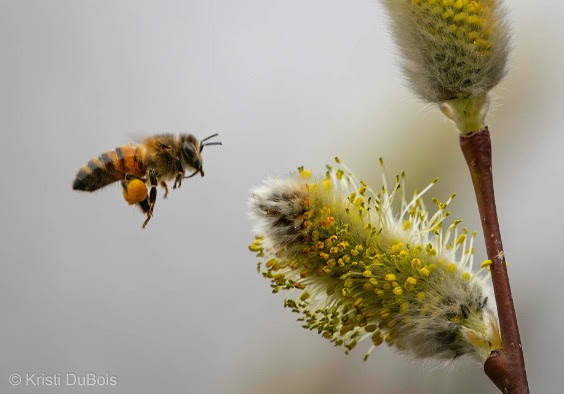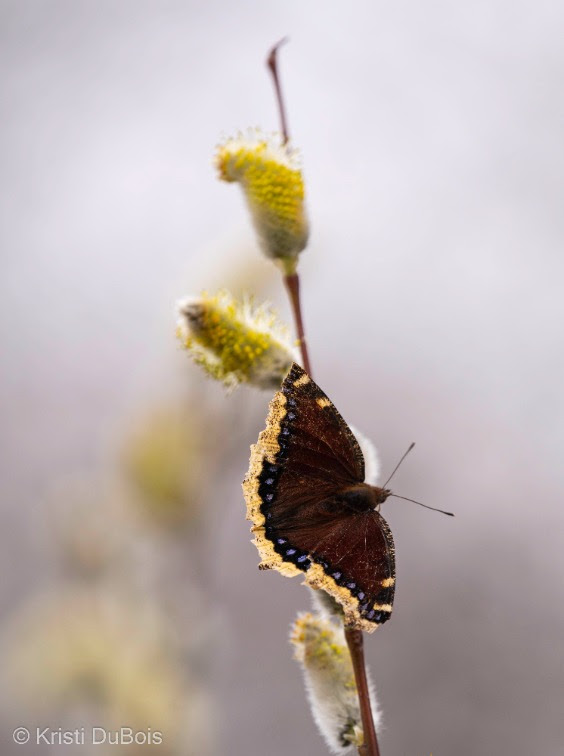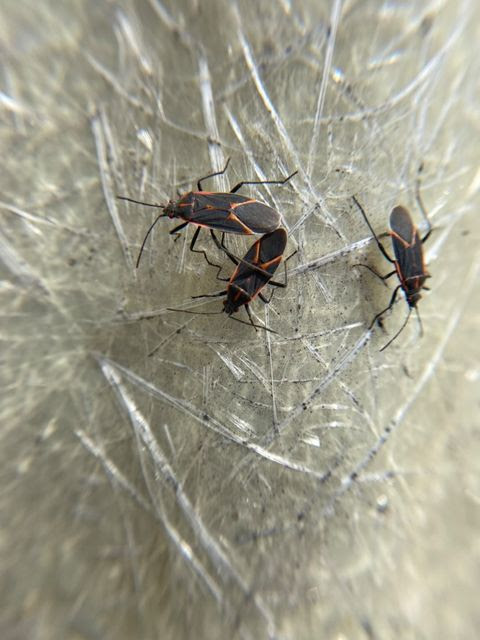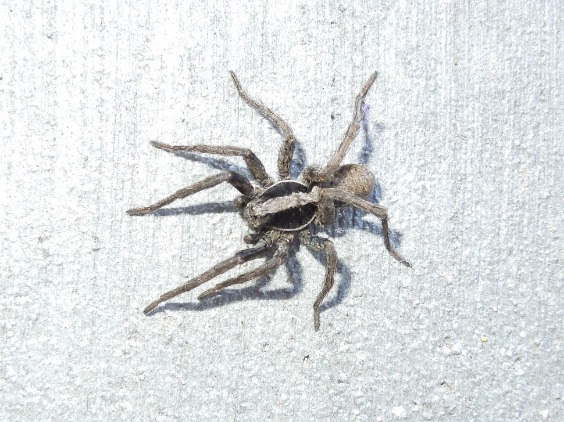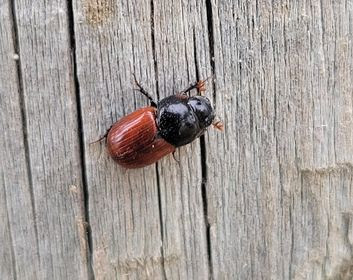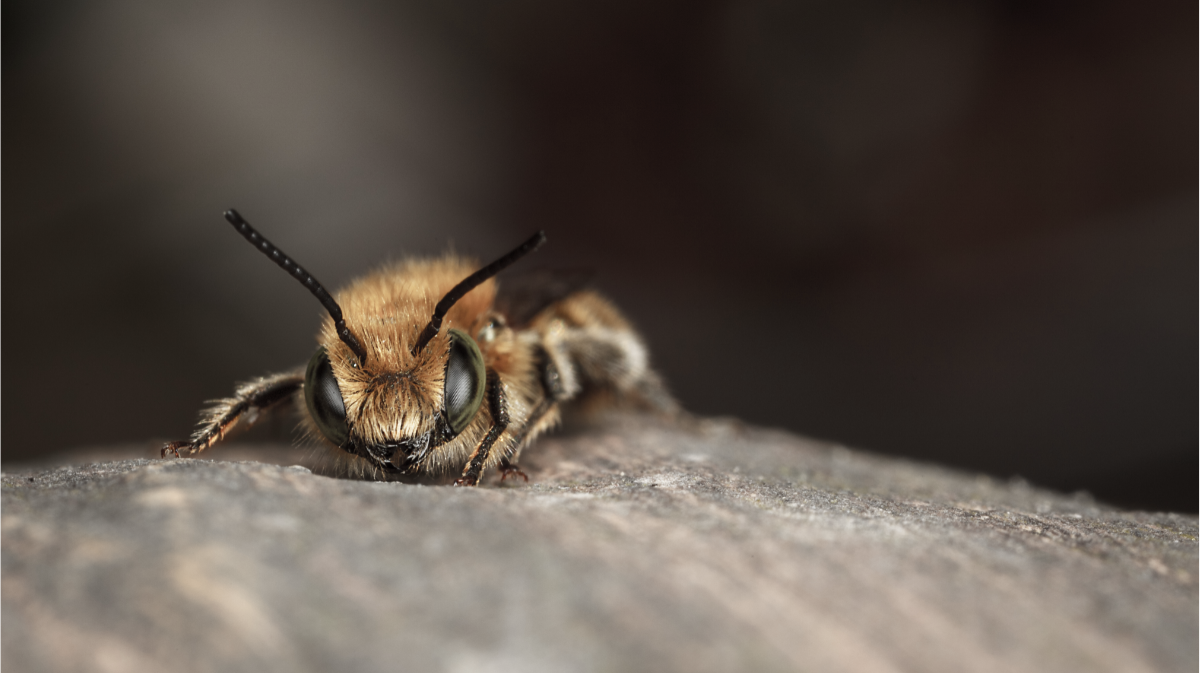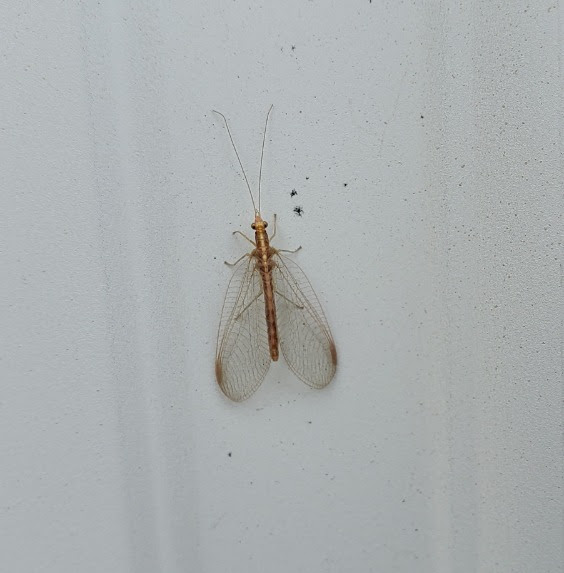The name of this elegant moth reflects its frequency in coastal salt marshes (tidal marshes) along the Pacific, Atlantic, and Gulf Coasts. But really, they can be found in any […]
Read MoreArticles by: Butterfly House
Western Tent Caterpillars (Malacosoma californicum)
As you can see, unlike many caterpillars that venture out on their own to feed, these guys like company and spend a large part of their caterpillar life with a bunch of friends in […]
Read MoreEuropean Honey Bee or Western Honey Bee (Apis mellifera)
The honey bee was one of the first domesticated insects and is the primary species kept by beekeepers for honey production and pollination services. Thanks to their domestication, they can […]
Read MoreMourning Cloak (Nymphalis antiopa)
The Mourning Cloak is Montana’s state butterfly and one of the first butterflies we see each year (as early as March). After overwintering as an adult, these hardy butterflies will find a mate, lay eggs, and […]
Read MoreWestern Boxelder Bug (Boisea rubrolineata)
These insects primarily feed on the leaves and seeds of box-elder, maple, and ash trees, using their long “beak” to suck the juices. Western Box Elders are “true bugs” –members […]
Read MoreForest Wolf Spider (Hogna frondicola)
Some of the largest spiders encountered in Montana are wolf spiders (family Lycosidae). Most live on the ground and hunt for their prey at night. Long legs adapted for running, along […]
Read MoreEuropean Dung Beetle (Aphodius fimetarius)
While only about .25 inches in length, you should be thanking this and other dung beetle species for their tireless work. Although this particular species is a non-native from Eurasia, […]
Read MoreNotes from the Lab: Giving Back to Pollinators
Welcome back to the Lab! We hope that you enjoy this week’s Notes from the Lab. Before we jump in… Missoula Gives, a 26-hour online giving campaign, starts at 5:00PM […]
Read MoreGreen Lacewing (family Chrysopidae)
While these beautiful and delicate looking insects are harmless to humans, they are very capable predators that always seem to be hungry. And since they tend to feed on other […]
Read MoreSnow Fleas (genus Hypogastrura)
Kelly found snow fleas in just about every horse-hoof mud puddle in the Sapphires. She writes, “There were hundreds in each little pool of water, and they were so tiny […]
Read More